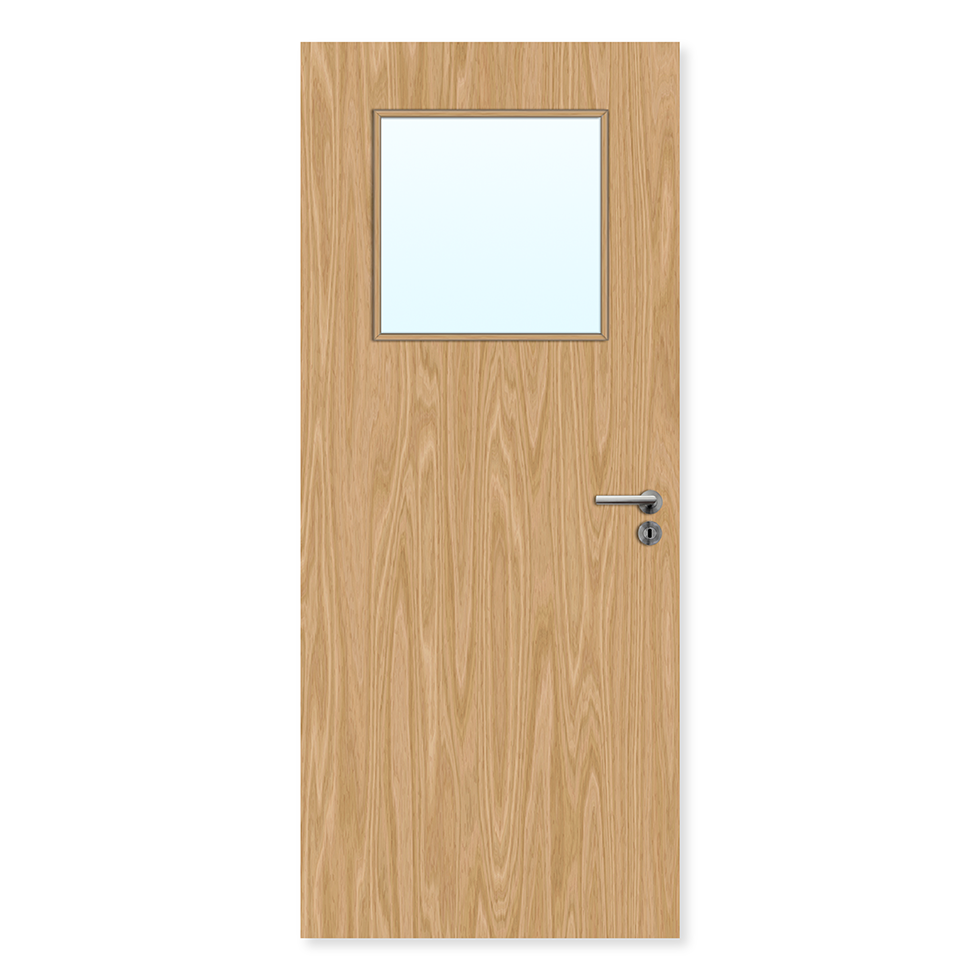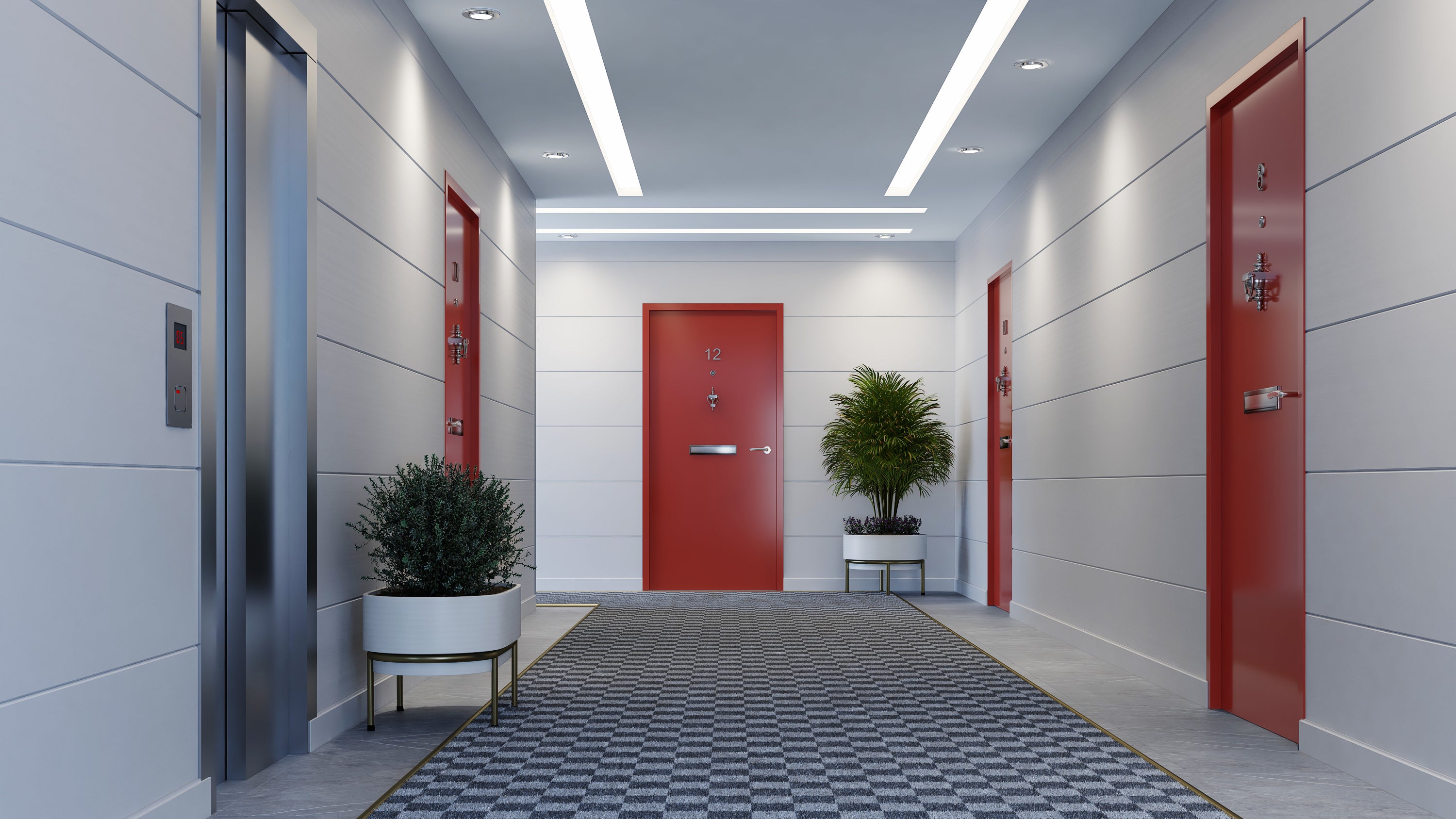Outstanding
Customer Service Second to None
Schools Fire Doors
Schools
The requirement for fire doors within any given type of premise in a range of property sectors is determine not only by the range of guidance documents issued by HM Government covering fire risk assessments, but also other technical documents including British Standard codes of practice and current UK building regulations.
The first decision made by your fire risk assessor is to determine which guide or guides to use to determine the fire safety standards to be adopted, this should be indicated within the fire risk assessment. The guidance for schools includes:
● Fire safety risk assessment: educational premises
● Building Bulletin 100
● Building Regulations 2010 Edition
● Fire safety risk assessment: entertainment areas
● Fire safety risk assessment: sleeping accommodation (where provided)
In addition, every building large and small should have a determined fire strategy document (how a building operates under the condition of a fire). Once the fire risk assessment has been completed and the fire strategy produced, the fire compartmentation of the building can be determined, which in turn allows for the location of fire doors to be approved as part of any fire compartmentation requirements.
The person carrying out the initial fire risk assessment and then determining the fire strategy, fire compartmentation and fire evacuation plan, must be ‘competent’ as defined in the main fire legislation The Regulatory Reform (fire safety) Order 2005.
Fire doors in schools are usually found in the following locations:
● Protecting all identified escape routes from the building
● Protecting staircases
● All high risk rooms
● Separating one fire compartment from another in larger premises
● What’s known as ‘dead end conditions’ where escape can only be made in a single direction from the building
● Separating long corridors
● Separating lift shafts from the remainder of the building
● Protecting basements
● Separating large roof spaces
● Separating one building from another
● Any other location deemed necessary by the fire risk assessment taking account of travel distances within the building as identified in the above guidance documents issued by the Government
The above isn’t an exhaustive list but covers the majority of locations.
Once the location of your fire doors is identified (and ideally on a set of building plans) the level of fire resistance can be determined. The majority of fire doors in the UK are FD30s rated, which confirms these have a minimum 30 minute fire resistance, higher risk areas such as large boiler rooms industrial kitchens with frying ranges, may have FD60s fire door rating requirements as part of the fire risk assessment.
To determine the correct location of all fire doors and to ensure there isn’t an over provision a fire door survey is highly recommended by a competent person who has the necessary expertise and skill sets. The fire door inspection scheme (FDIS) is a third -party certified body which runs diploma courses and allows for a qualification in fire door inspections. FDIS (Dip).
Wear and Tear
School buildings are prone to a lot of heavy traffic from students moving around the buildings on a regular basis, so wear and tear are important factors when choosing the door type and its core and finish, veneer in our opinion should be avoided as it makes so easily, laminate is a better choice. The core of the door also has an effect where hinges are installed through any hardwood lipping around the edges of the door blanks. Core doors not of solid timber can be very difficult to hang as the screws often pull out as the core is not solid.
Also as stated above ‘hold open’ devices are highly recommended when installing or replacing worn fire doors on busy traffic areas such as main corridors etc.
Corridor Fire Doors
Corridor doors within school buildings are usual located to break up long runs and building regulations recommends any corridor over 30 metres in length should be separated by a set of smoke stopping fire doors.
Consideration should also be given to the width of sets of doors as numbers passing through can high and the capacity should be considered as part of the buildings fire strategy.
Loft hatches are also required to meet the same fire resistance of the ceiling they are installed in usual FD30s standard.
Fire Door Signage
All fire doors should have a British Standard sign affixed to the face of the door at 1.5m from the floor level, this should state one of the following depending on location and whether a hold open device is in use.
● FDKS fire door keep shut
● FDKL Fire door keep locked shut – usually cupboard or storeroom door
● FDKC Fire door keep clear – where hold open devices are in use
Location and Marking of Fire Doors
Where a fire door survey has been carried out and the correct location of all fire doors has been agreed, it is highly recommended to then mark all fire doors with unique coding, either bar codes or there are now on the market electronic chips that can be inserted which can then be kept a record off via a mobile phone app. (If you require further information on this system please get in touch via our website.
Fire Door and Frame Installations
Prefabricated school buildings including CLASP type constructions can be problematic where walls around fire door frame/linings are installed, careful consideration should be taken when a replacement set, or new installation is considered, as it is in our experience where failure occurs during a fire, where the frame/lining meets the wall structure and depending on how well installed and fire stopped these are by your contractor.
Some school buildings have metal frames with wooden doors installed, provided certification is available to confirm these sets are suitable, they can be accepted, however if the installation and product certification is not present replacement doors sets should be installed.






